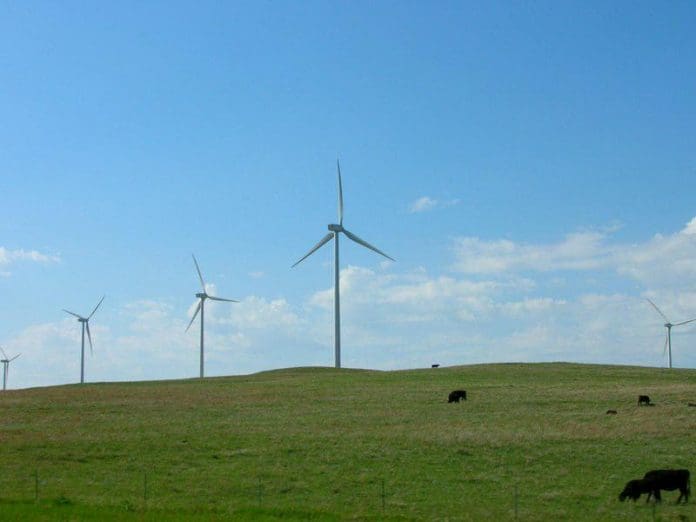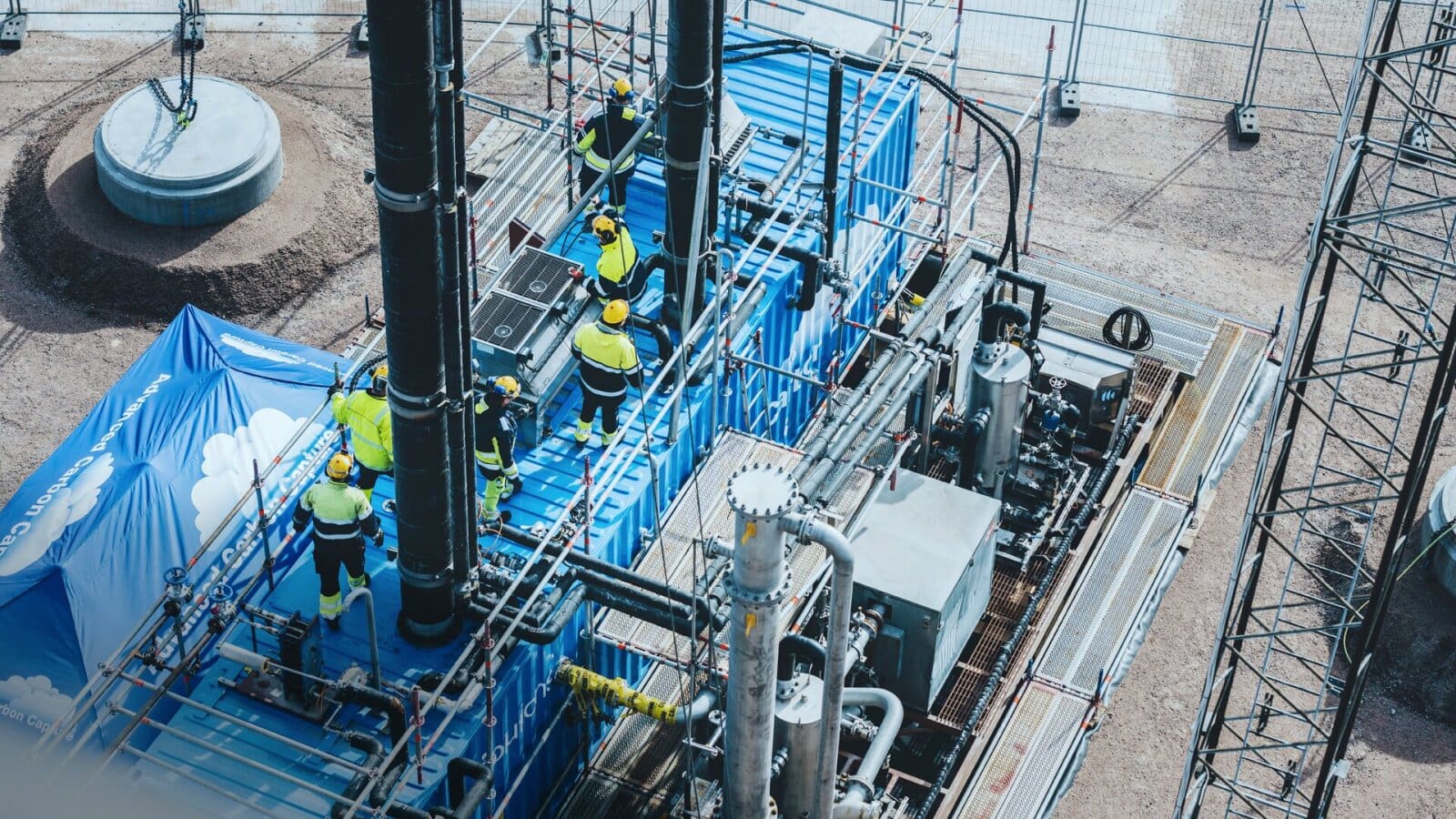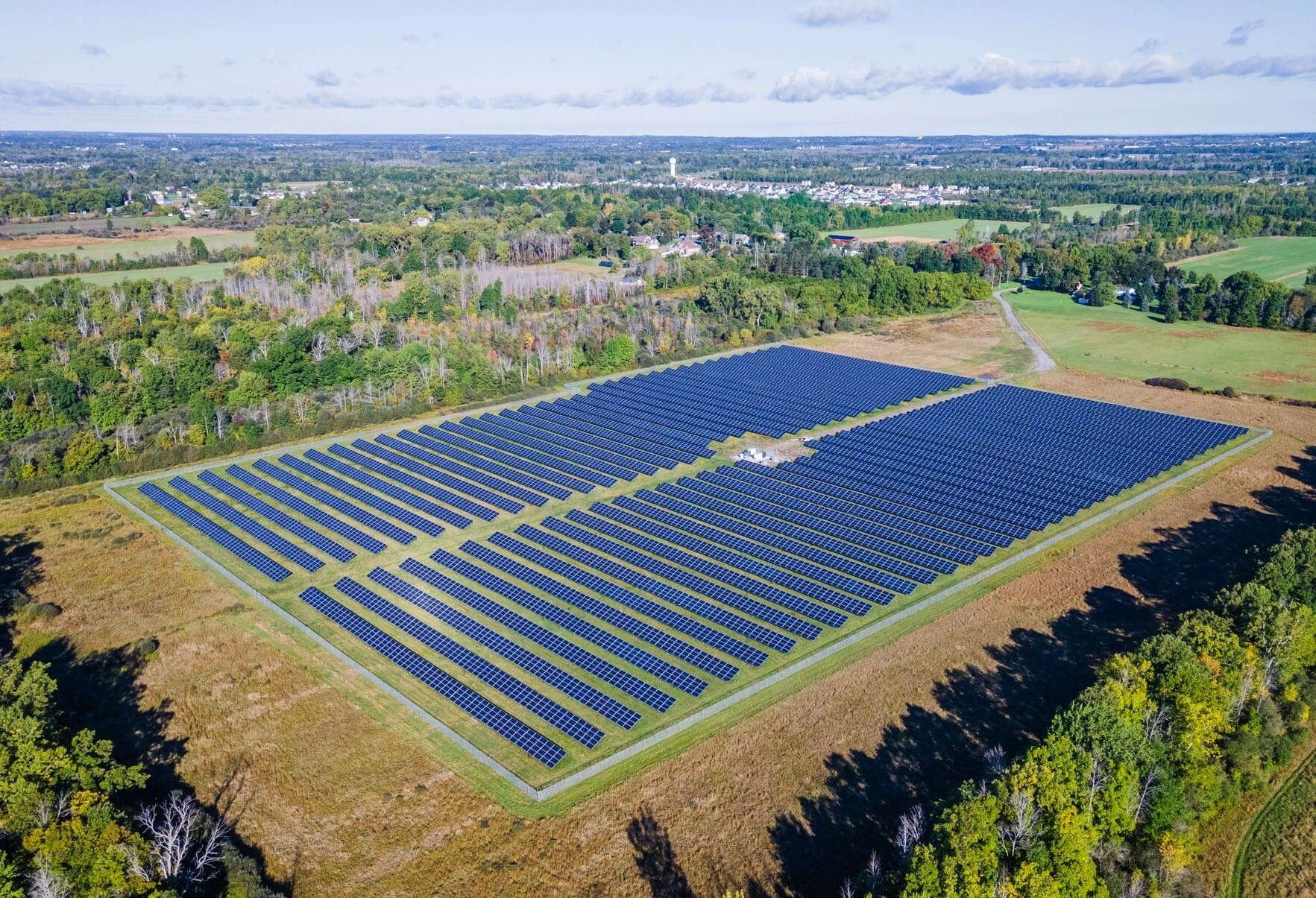
Kansas Senate Bill (SB) 279 could have far reaching consequences in one of the United States’ fastest-growing wind producing states. The Kansas State Legislature has until May 15, 2021 to approve a bill that would constrain the potential to operate and construct wind turbines.
Takeaways From SB 279
The bill limits the construction of wind turbines based on their proximity to existing structures, private property, as well as to other turbines. Only one wind turbine is allowed per square mile (2.9 km2), no matter the size of the turbine. This appears to be a somewhat arbitrary distinction seeing as a 6-MW turbine requires more area than a 2-MW turbine, and so on.
The bill identifies the systems’ height as the distance between the base of the tower and the tip of a blade pointing directly up from the base. The bill stipulates that new turbines must be 1 mile (1.6 km) or 10 times the system height (whichever is greater) away from any property line of nonparticipating real property; 1.5 miles (2.4 km) or 12 times the system height (whichever is greater) from a residential property or public building; and 3 miles (4.8 km) or 20 times the system height (whichever is greater) from any airport, federal wildlife refuge, public hunting area, or public park.
In addition to limits on the construction of wind systems, the bill also complicates the permitting process which has the potential to increase costs and limit the feasibility of some projects. That being said, some of the bill’s contents do have merit. Kansas citizens have been complaining about the noise produced by wind turbines, the bright lights intended to prevent collisions with aircraft, and the general unwanted look of the turbines. The argument is that living among wind turbines can be irritable and reduce property values. In response to these complaints, SB 279 proposed detailed sound studies, as well as the use of specific navigational lights activated only by infrared or radar technology. This way, lights are only activated when needed. Such stipulations will certainly ratchet up the costs of projects but seem reasonable if wind turbines are encroaching on the welfare of citizens.
Comparison To Colorado’s Proposition 112
Limitations on where wind turbines are placed, what they look like, how they sound, etc. is very similar to Colorado’s failed Proposition 112, which aimed to limit hydraulic fracturing based on its proximity to private land and existing structures. The bill was extremely close to passing in late 2018, but a wave of oil and gas industry funding was enough to tip the balance of the outcome. In Kansas, it’s the opposite effect. A wave of renewable energy support could help deter the bill’s passing. However, 113 of Kansas’ 165 voting members are Republican. Seeing as the bill is a Republican-supported effort, this majority will influence its outcome.
Flat out banning fracking in Colorado or wind energy development in Kansas isn’t likely to succeed. However, Proposition 112, and now SB 279, are so limiting that they have the potential to severely reduce if not dissuade energy developments altogether. The vast majority of Colorado’s existing oilfields and reserves failed the constraints imposed by Proposition 112. If passed, it would therefore have effectively banned fracking in the state. The fear is similar with SB 279. With only one turbine per square mile, and heavy limitations on where each turbine could be built, there’s a very real possibility that new project proposals would suffer a sharp decline. Utility-scale projects depend on integrated systems and reasonable costs to be profitable. The passing of SB 279 paired with rising interest rates (which squeeze developer’s margins) and lower government subsidies could culminate into a slowdown for Kansas’ wind energy industry.
The Rise Of Kansas Wind Energy Production
Kansas is still early in its wind energy journey. No matter the passing or failing of SB 279, it’s worth highlighting the sheer size of Kansas’ wind energy output. The state is already one of the nation’s top wind energy producers.
According to the Energy Information Administration (EIA), wind energy passed coal in 2019 as the largest energy source for generating electricity in Kansas. Wind energy supplied 41% of the state’s electricity needs compared to 33% from coal. Kansas’ natural gas reserves reached a 40-year low at the beginning of 2019. As a seasoned net importer of energy, wind energy provides Kansas the best chance to produce its own energy. Almost all of Kansas’ renewable power generation comes from wind energy. The EIA ranked Kansas as one of the top five states in total wind energy production and named it one of the highest potential wind energy states thanks to its wide-open plains and high winds. As of 2019 end, Kansas had around 3200 turbines supplying 6.1 GW of wind energy.
If SB 279 passes, then wind energy development is likely to decrease. The state’s limited fossil fuel reserves would warrant increased imports from other states and justify pipeline and other fossil fuel-related development. Fossil fuels have a role to play in Kansas and can work well with wind energy. However, Kansas is blessed with near-perfect wind energy conditions. Underutilizing this gift seems like a waste, but auditory and visual concerns need to be addressed. Investing in technology that tackles these concerns, not crippling the wind industry altogether, seems like a better solution for reducing carbon emissions, creating jobs, and increasing economic output.
















